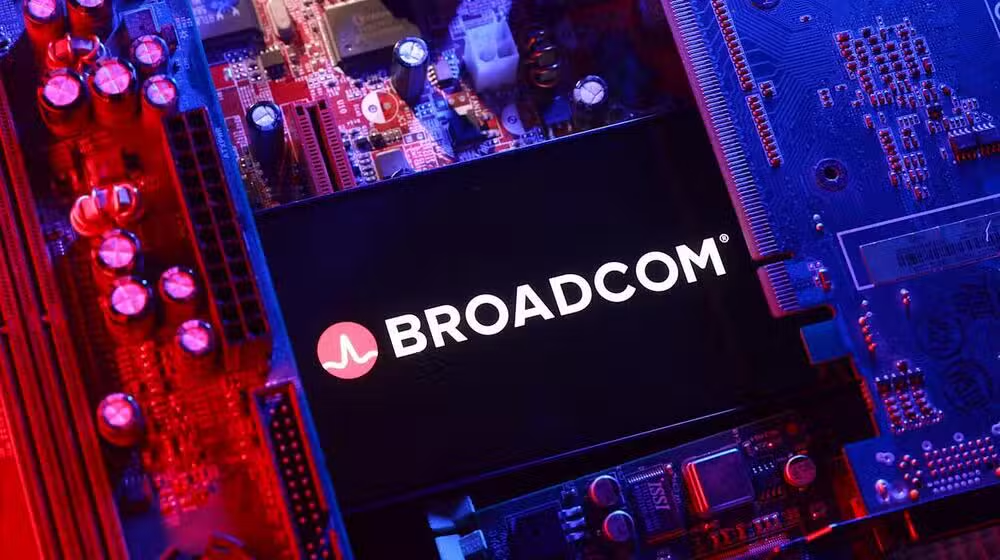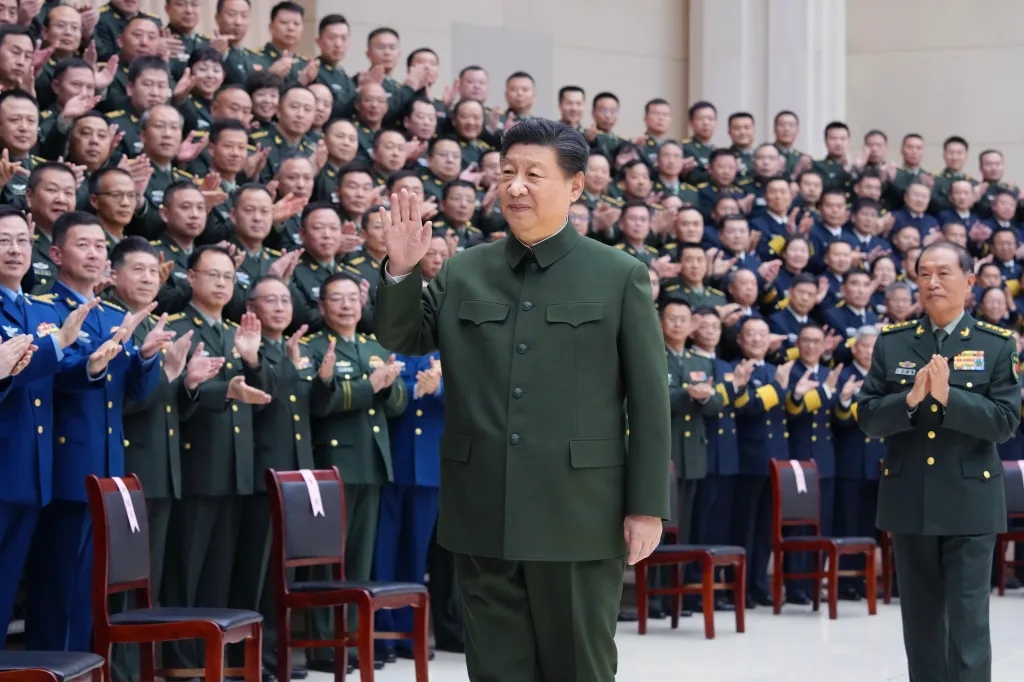The OpenAI and Broadcom partnership marks a significant milestone in the artificial intelligence industry, signaling a shift toward greater hardware independence and optimization. Announced on Monday, this collaboration aims to design and manufacture custom AI chips capable of delivering up to 10 gigawatts of computing power — roughly equivalent to the energy consumption of a major city. The initiative underscores OpenAI’s ambition to scale its AI infrastructure efficiently while reducing reliance on existing chip suppliers.
OpenAI and Broadcom Partnership: A Strategic Leap in AI Hardware Development
The OpenAI and Broadcom partnership represents a crucial move for the ChatGPT maker, which has experienced exponential growth in demand for its AI services. OpenAI’s CEO, Sam Altman, has made it clear that the company’s future success depends not only on innovative software models but also on owning the hardware that powers them.
Currently, most AI models rely heavily on chips produced by Nvidia and AMD. However, the recent shortages and high costs of GPUs have driven leading tech firms to explore custom-built solutions. By teaming up with Broadcom, a global semiconductor leader, OpenAI is taking a decisive step toward designing hardware optimized for its proprietary AI workloads.
These custom processors, set to launch in 2025, will be specifically tailored to handle OpenAI’s large-scale models like GPT-5 and future iterations of ChatGPT. According to industry analysts, the move could drastically enhance energy efficiency, reduce latency, and lower operational costs across OpenAI’s expanding network of data centers.
How the Partnership with Broadcom Strengthens OpenAI’s AI Infrastructure
Under the OpenAI and Broadcom partnership, Broadcom will co-develop and manufacture the custom processors while OpenAI oversees architecture and software integration. The chips are expected to be deployed across OpenAI’s own data centers and its strategic partner facilities, including those managed by Oracle and Microsoft.
The custom design approach allows OpenAI to optimize performance for specific workloads like natural language processing, image generation, and multimodal reasoning. This hardware-software synergy means faster model training times and more efficient inference, especially for enterprise-level applications where response speed and accuracy are critical.
Additionally, Broadcom’s extensive experience in high-performance chip manufacturing provides OpenAI with a robust foundation for scalability. The chips will likely feature advanced fabrication technologies comparable to TSMC’s 3nm or below, offering higher transistor density and power efficiency.
The Broader Impact on the AI Chip Market
The OpenAI and Broadcom partnership comes at a time when the AI hardware market is evolving rapidly. The demand for GPUs and AI accelerators has skyrocketed, with companies like Nvidia reporting record profits in 2024. However, the high dependency on a few suppliers has also exposed the industry’s vulnerabilities.
OpenAI’s decision to diversify its hardware sources follows similar moves by tech giants such as Google and Amazon, which developed their own AI chips — Tensor Processing Units (TPUs) and Trainium processors, respectively. By entering this space, OpenAI is signaling its intent to become self-reliant while pushing the boundaries of AI performance.
Financially, Broadcom has already reaped benefits from this announcement. Its shares surged by nearly 10% following the news, reflecting investor confidence in the company’s growing footprint in the AI chip market. Analysts predict that this collaboration could add billions to Broadcom’s valuation in the coming years, especially as demand for AI-focused semiconductors continues to rise globally.
Energy Concerns Surrounding AI Expansion
Despite the excitement around the OpenAI and Broadcom partnership, concerns about the environmental impact of large-scale AI operations continue to grow. AI data centers are among the most energy-intensive facilities, consuming vast amounts of electricity and water for cooling.
The new custom chips are designed to address some of these concerns by improving energy efficiency. By optimizing power distribution and minimizing heat buildup, OpenAI aims to reduce the overall energy footprint of its AI workloads. However, experts warn that the company’s goal of reaching 10 gigawatts of computing power could still place immense pressure on local power grids.
A recent report by the International Energy Agency (IEA) noted that global data center energy consumption could double by 2026 if AI adoption continues at its current pace. Therefore, while the new hardware promises efficiency gains, the broader question of sustainable AI infrastructure remains a pressing issue for the industry.
Broader Implications for OpenAI’s Growth Strategy
The OpenAI and Broadcom partnership is part of a larger effort by Sam Altman to build a vertically integrated AI ecosystem. Over the past year, OpenAI has entered into several high-profile deals with Nvidia, AMD, Oracle, Samsung, and SK Hynix to strengthen its hardware capabilities and ensure a steady chip supply.
By developing its own processors, OpenAI can fine-tune its models at every layer of the stack — from silicon to software. This control could accelerate innovation in model training and deployment while reducing bottlenecks that currently limit performance scalability.
Industry watchers believe this partnership could also give OpenAI a competitive advantage over rivals such as Anthropic, Google DeepMind, and Meta, which continue to rely on third-party chips for their AI workloads.
The OpenAI and Broadcom partnership marks a transformative moment for the global AI landscape. By co-developing custom processors capable of delivering 10 gigawatts of computing power, OpenAI is not only investing in performance but also redefining how AI infrastructure is built and managed.
As the company prepares for the 2025 rollout of its new chips, this partnership is poised to enhance efficiency, reduce hardware dependency, and reinforce OpenAI’s leadership in the rapidly evolving field of artificial intelligence.



